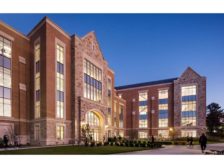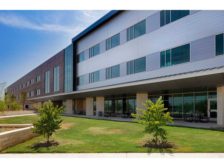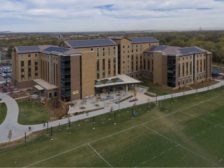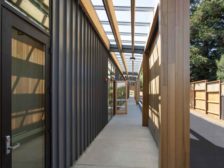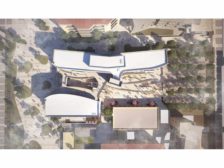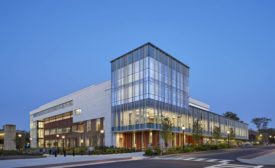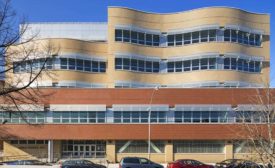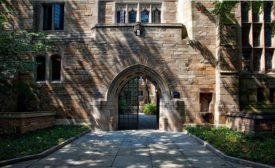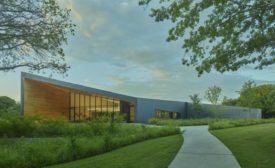Home » academic buildings
Articles Tagged with ''academic buildings''
Masonry Façade Upgrade Strategies for K-12 Facilities
Time, Climate and Lagging Maintenance Can Leave Schools with Significant Challenges
March 9, 2021
Enhance your expertise with unparalleled insights.
Join thousands of building professionals today. Shouldn’t you know what they know?
SUBSCRIBE TODAY!Copyright ©2024. All Rights Reserved BNP Media.
Design, CMS, Hosting & Web Development :: ePublishing
